In the end, the “revolution” has turned into a renewal, to be carried forward slowly. It could not be different, because in the way in which it was outlined, Curia reform could not possibly meet anyone’s criteria. Not even that of the so-called progressive wing. In the end, some criticism came from them as well. Now the procedure may be that of establishing new congregations ‘ad experimentum’, and to wait for the draft of a new pastoral constitution to regulate the functions of the Curia. This work will take time.
What’s going on now? Commentators on the self-proclaimed party of Pope Francis will certainly underscore the resistances they met in the process of reforming the Church – resistances that did not allow the hoped-for revolution. Those who were more cautious in backing any papal move will argue that Pope Francis’ design was too weak to be put into effect as quickly as the progressive wing hoped.
The truth is in the middle. Pope Francis never had a plan to renew the Church. He did not want in any way to reverse standing church doctrines. He simply thought there was a need for a greater pastoral approach. Those who supported him in the conclave were then assigned to key posts as his advisers, and sometimes they took advantage of this papal naiveté to promote their own agenda. This agenda met with some resistance. But often resistance was due to the fact that the agenda of these few people did not represent a vision shared by many.
At the beginning of the consistory, Pope Francis asked for collaboration, pointed out that the reform is not an end in itself, but is intended to foster unity among curial depearments, and reminded the cardinals that the demand for reform came from the pre-conclave meetings – a sublte way to emphasize that he is simply carrying out the mandate he had been given.
But what were the requests at the pre-conclave meetings? That’s the most burning question, since a plan for a quick revolution is turning into a studied approach for reform. Many of residential cardinals lamented a lack of communication with Rome and an excessive centralism of the Curia. These complaints were supported by appeals to scandals such as Vatileaks or to the well orchestrated campaigns against the Holy See, as in the case of the pedophilia scandal.
There was the need to renew the Church’s image. And there was a desire to understand what did not work in the collegiality that Benedict XVI had appealed to as a working tool. But collegiality works only when everyone agrees. So if some parties oppose a proposal, the process of renewal becomes incredibly slow. And hurdles are just small stones placed in clock mechanisms: they do not stop the clock, but they slow it down until they break it.
So the small stones had to be removed from the mechanism in order to improve its functionality. There are proper words to describe this dynamic, even if they sound secular: rationalization, subsidiarity. There was a need for functional adjustments, more than for certifying the end of an era and starting a new one.
The truth is that some cardinals perceived a need to commence a new era, first of all by the German bishops. In Germany, theology has been widely influenced by the theology of Cardinal Kasper and his teacher, Karl Rahner, rather than by that of Joseph Ratzinger. Ratzinger never established a school of thought. But he indicated a method. His presence in Rome, as Prefect of the Congregation for the Doctrine of the Faith, has step by step purified a theological thought that had somewhat given in to the spirit of the world – just think about the waves of liberation theology, whose Marxist roots were established by Leonardo Boff after he encountered it in Germany; about the new discipline for the divorced and civilly remarried pushed by bishops of the German Rhine region; about some interreligious writings that de facto seem to deny that Jesus’ was the only salvation.
After years of Ratzinger’s wise theological work, each of these three moves was put aside to some extent. The Kasper School – to give it a name – would have probably died off by itself in a few years. Now it has a strong impact on media again.
Meanwhile, there is the Latin American issue, where the big deal was catecheses. The exodus of Catholics toward the Pentecostal sects comes from a lack of a firm doctrine. The Catholic Church in Latin America is often sought out by people as a social agency, while they prefer to take part in Pentecostal worship. Liberation Theology has undoubtedly contributed to this tilt. But the tilt was also fed by a certain “pastoralism” that was fashioned during the 70s. Followers of pastoralism think that the main need is to go out to people and get closer them closer, whereas doctrine can come later, once people have been attracted to the Church. St. John Paul had already addressed this topic. Later he, too, opted for an evangelization focused on proximity, but one that nevertheless emphasized Truth above all.
The purification of the Church from incorrect theological interpretation had already begun with Paul VI, and his Credo of the People of God. St. John Paul II carried it forward in order to settle the theological debates arising in the aftermath of the Council. Behind the traveller Pope, theological pillars arose with the purpose of shaping the world with the strength of truth. We usually remember the St. John Paul II who was beloved by the media in his last years, when he was sick. We never recall the first years of his pontificate, when his ideas, his authoritative way of leading the barque of Peter, aroused many complaints.
True, in 27 years of his papacy the Pope had to balance positions. And it is also true that oftentimes in the last years of his pontificate, he did not personally make the decisions, but rather ratified decisions others had made. This is the reason there are so many different orientations among the cardinals created by St. John Paul II.
Cardinals of the ‘Team Bergoglio’ (i.e., the team who backed Bergoglio’s election) all hail from a certain “left” of the Church, very much loved in the peripheries, that St. John Paul II had inhereted and to which he was sometimes submissive, but that Benedict XVI had marginalized.
From this perspective, it is clear that the impetus for a revolution came from generational needs. The whole edifice of this revolution was already quite old, some of the cardinals were close to the age of retirement; others had exceeded it. They needed to hurry up.
Hence, the pressures on Pope Francis for a revolution. They were certain that they would find in him fertile ground, since Pope Francis does not love structures very much, but prefers to act in the first person. They also knew that Pope Francis does not love the process of large debates followed by the issuing of important documents, inasmuch as that, as Archbishop of Buenos Aires, he did not wish to celebrate a diocesan synod, and that he had already scorned the idea of the recently published homiletic directory.
But this revolution has seemingly come to an halt during this latest consistory. In the end, the more than 100 interventions collected by the Council of Cardinals from more than 50 sessions has produced only the proposal to establish two super-congregations, each of them with five secretariats, in order to embody 12 pontifical councils in only two structures.
The Council of Cardinals also discussed the establishment of a new congregation, which should be called the Secretariat for Communication that will place all Vatican media under a single administration. This umbrella department will also be responsible for coordinating – and unifying – the contents of Vatican media.
Each piece of the puzzle move other pieces. So, since this Secretariat for Communication might include – or at least take over some competences from – the Pontifical Council for the Culture, the President of this Council, Cardinal Gianfranco Ravasi, proposed to create a Congregation for Culture, which he thinks should manage the Vatican Library, the Vatican Secret Archives and the Vatican Museums.
Finally, there is the ongoing reform carried forward by the Council for the Economy and the Secretariat for the Economy, with the task of unifying the balance sheets of the Holy See and Vatican City State.
The real problem is that many of these drafts of reform proposals mix together different competences. Discussions at the consistory focused on understanding how the bishops’ conferences could take over some of the competences of the various pontifical councils and congregations. Another matter under review is the proposal to make the General Secretariat of the Synod a governing body in itself, given that the Pope is always speaking about synodality. Lastly, there was some discussion arising from the confusion expressed by some over the differences between Vatican City State and the Holy See.
Not by chance, on the eve of the Council of Cardinals and of the consistory, Cardinal Gerhard Ludwig Mueller, Prefect of the Congregation for the Doctrine of the Faith, published a long article in “L’Osservatore Romano” headlined “Purify the temple.”
The article stretched back to the origins of the need for reform that Benedict XVI himself had already taken on. Pope Benedict had also spoken of making the Church less worldy. Cardinal Mueller identified the final goal of Church reform as enlightening the mission of the Church. In addition he stressed the differences between the Roman Curia, the College of Cardinals, the Synod of Bishops, and the administration of Vatican City State, and he warned against the temptation of over-spiritualizing the Church, thereby relegating it to an environment of ideals divorced from reality.
The article was a must read, since it shed light on the limits of the proposals for reform that had been circulating for months. The problem, the Cardinal thought, was not reform. It was mostly that a strong theological foundation is needed in order to accomplish a revolution, and so to rewrite a new pastoral constitution to contain the revolution.
Bishop Marcello Semeraro of Albano, Secretary of the Council of Cardinals, tried to provide this theological foundation, and so he added a second part to his reform draft, one that provided a thological justification for the idea of establishing the two super-congregations, respectively, for Charity, Justce and Peace and for Laity, Family and Life. However, even on this point, the cardinals raised many doubts, especially concerning terminology. Thus the first interventions at the consistory dealt with the use of the word “synodality”, with many expressing a preference for the term “collegiality”.
There are also practical legislative issues. The Council for the Economy drafted its statutes and presented them for revision to the Pontifical Council for the Interpretation of Legislative Texts. This passage was necessary in order to make sure that all the laws were consistent and in harmony with each other, that they designated competences clearly, and that they did not violate canon law. The Pontifical Council made some criticisms and judged that the text should be rewritten.
The Council did not take this well. Cardinal Wilfried Napier, a member of the Council, voiced the dismay of the body, stressing the resistance to the reforms. But Cardinal Francesco Coccopalmerio, President of the Pontifical Council for the Interpretation of Legislative Texts, rejected the accusation. “The Pontifical Council only performed its task… it must be certain that the legislative framework is well grounded… we do not resist reforms, we make them happen,” he affirmed.
It is noteworthy that Cardinal Coccopalmerio is not far from Pope Francis’ line, and some observers even deem him one of the most progressive cardinals, even in regard to the hot topics of the Synod. Since he had sketched a reform proposal that reportedly made him the most voted Italian cardinal at the 2013 conclave, Cardinal Coccopalmerio nevertheless asked that the revolution be given an institutional basis, and so he is thought to be on the other side.
But the revolution will not come so quickly. The common understanding at the conclusion of the consistory is that the new pastoral constitution will be drafted by a commission composed of experts (including canon law experts). The draft will then be passed to a select cardinalatial commission. And in the end, the Pope will make the final decision.
In the meantime, it is possible that parallel bodies without statutes will be created – building blocks to be stacked temporarily beside the already existing structures only to replace them later when the full reform is complete. The risk is that any good thing may be torn down by the blowing of the wind. Pope Francis may well make all the right decisions from today until the end of his pontificate, but unless his choices are securely grounded on theology and canon law, it may be that none of them will survive.
The real issue is perhaps deeper: there is a lot of functional (pragmatic?) thinking going on presently, but there is not a lot of theological reflection. That’s the challenge.
(Published on Monday Vatican)
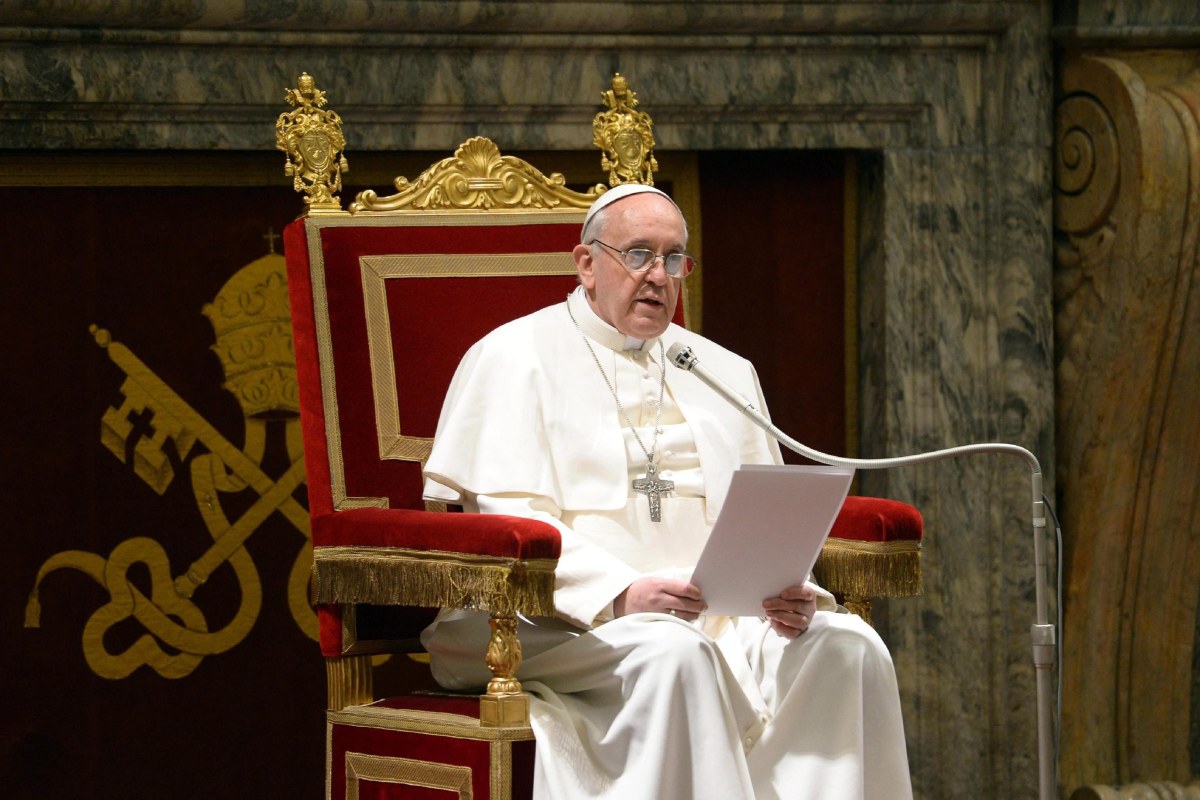
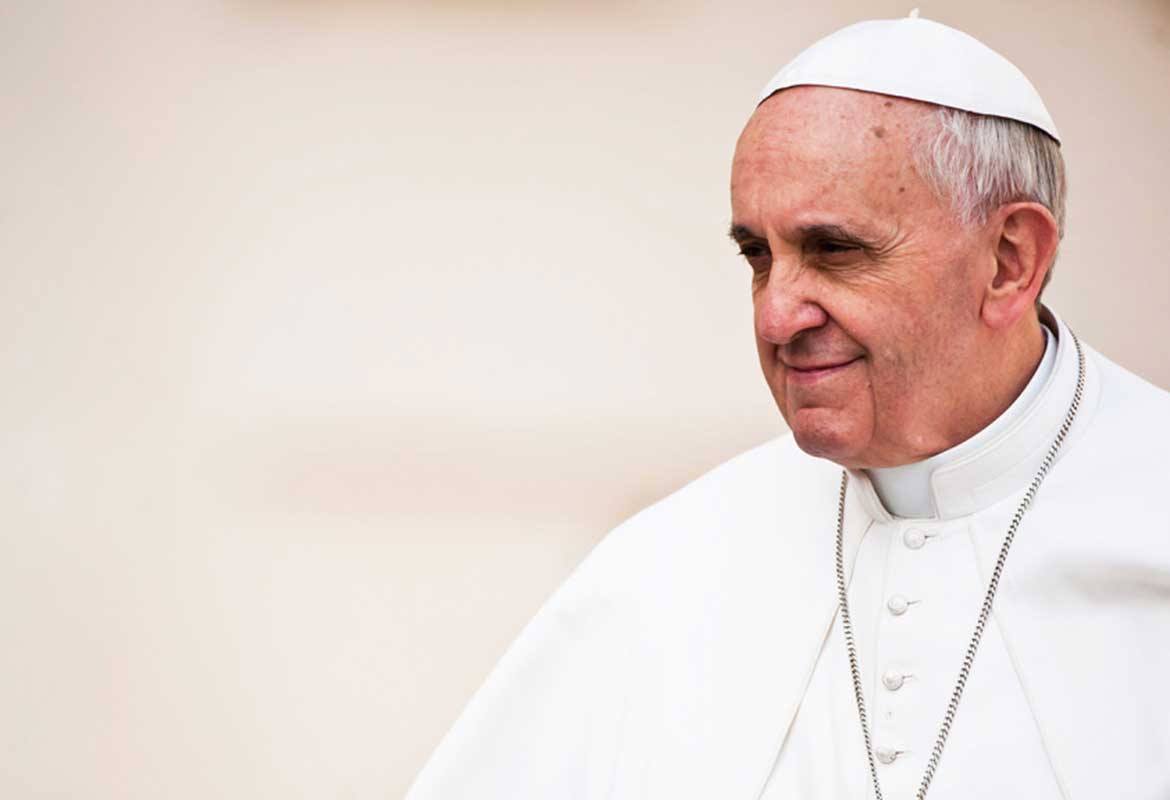
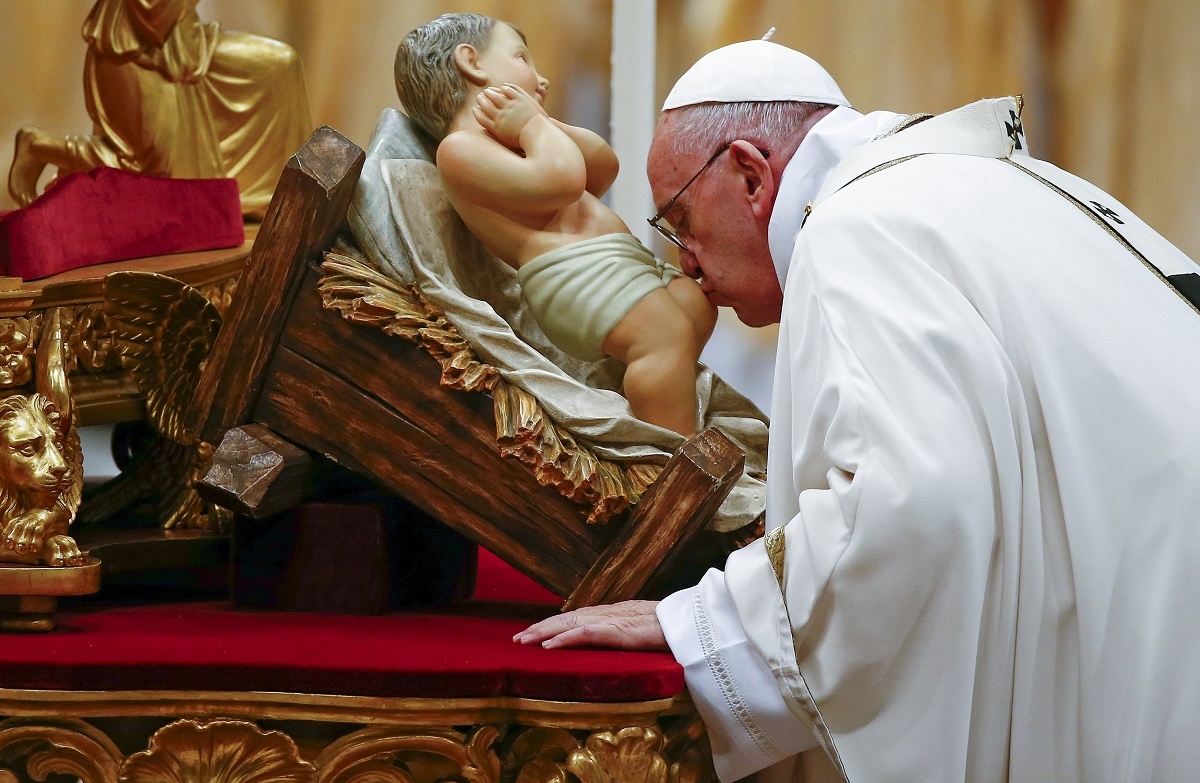
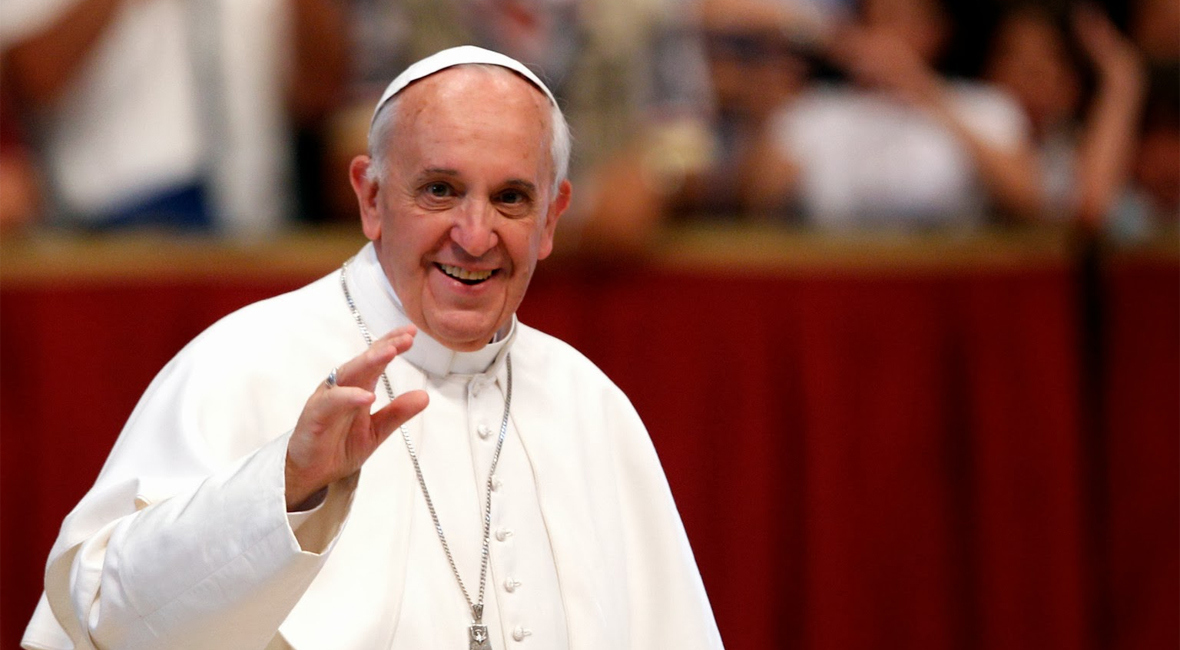


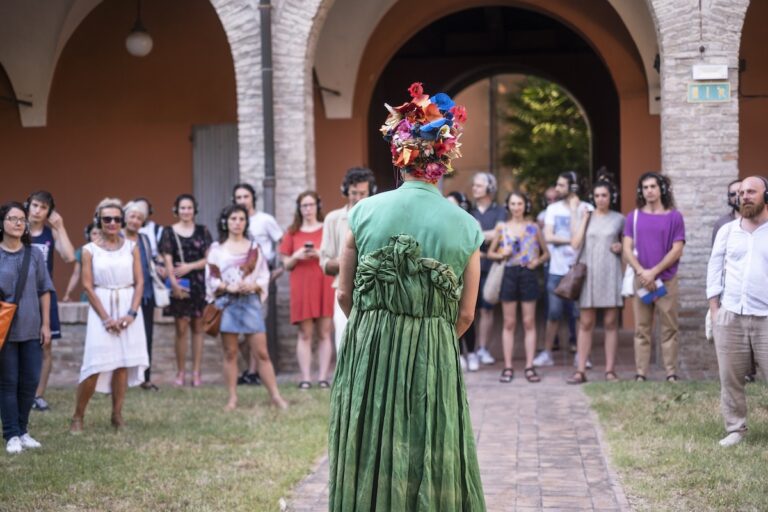
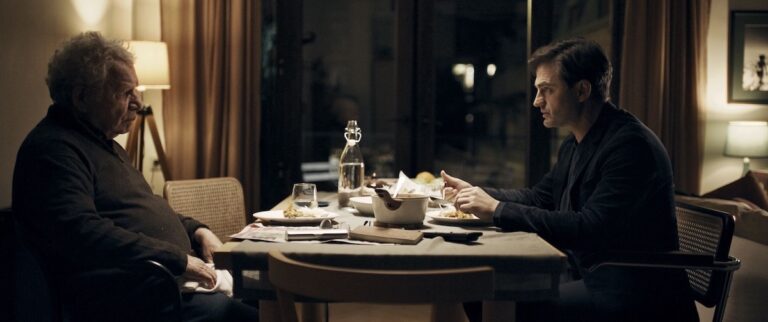


+ There are no comments
Add yours